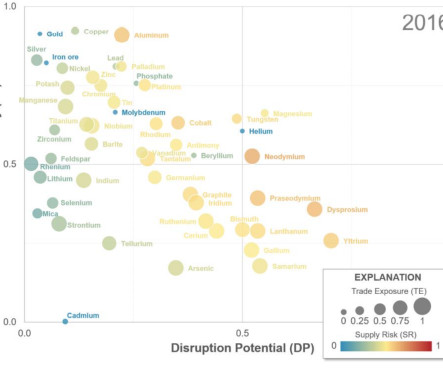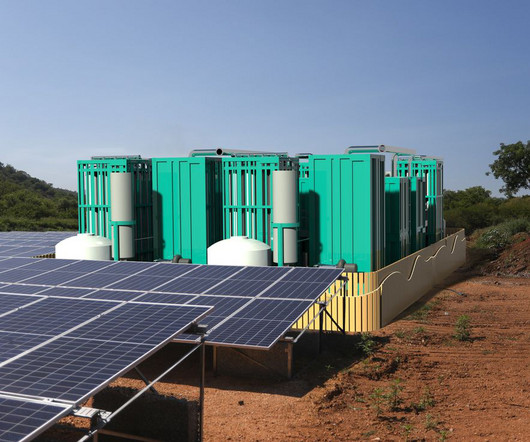ARPA-E to award up to $5M to investigate extracting rare earth and other critical minerals from macroalgae
Green Car Congress
APRIL 29, 2023
Development of methods to extract critical minerals from the macroalgae at high output purities that can dovetail with existing and nascent macroalgal valorization streams developed for the other components of macroalgae such as carbon compounds, macroand micro-nutrients, utilizing existing waste streams from seaweed biorefineries.












Let's personalize your content